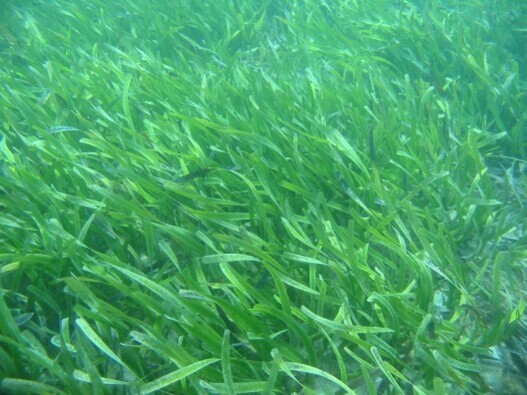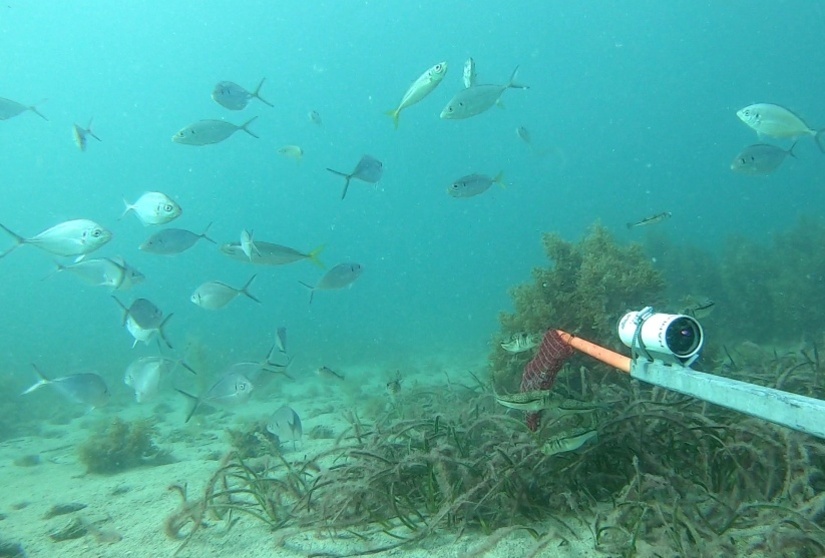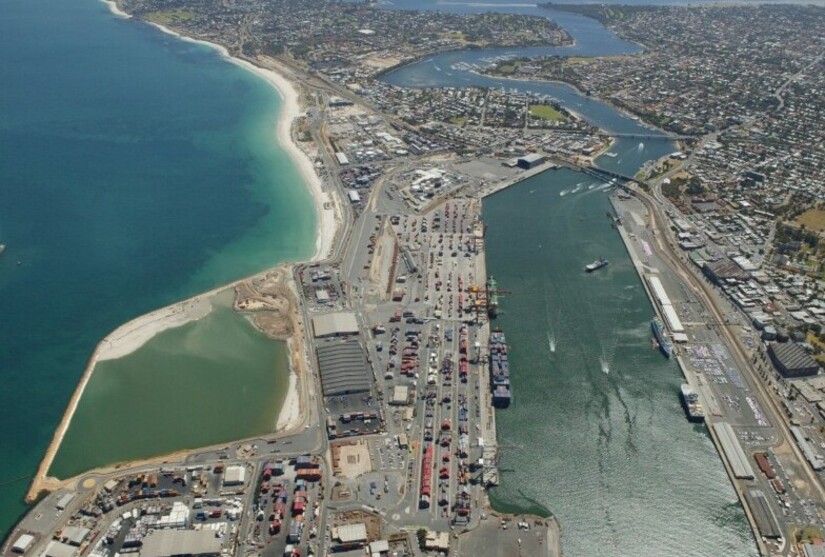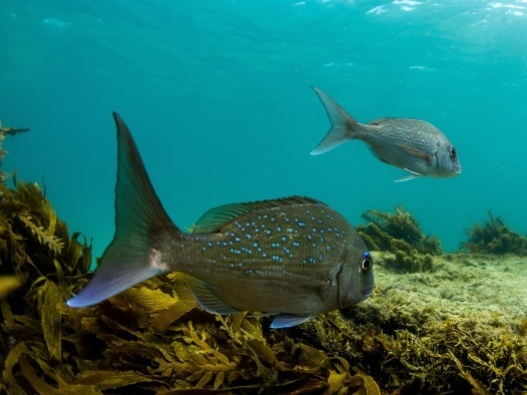
What is dredging?
Dredging is the excavation of sediment from the seabed and is a common requirement for marine infrastructure projects, particularly where shipping vessels require minimum seafloor depth to safely access a port.
As part of the marine infrastructure for WA’s new container port in Kwinana, a large-scale dredging program will be required to develop a new shipping channel and turning basin.
The proposed dredging program will occur across four marine zones:
- Cockburn Sound – turning basin
- Owen Anchorage – shipping channel
- Gage Roads – shipping channel
- Deep Water Channel – shipping channel

Managing impacts of dredging
Planning for the dredging program is being informed by the $13.5 million program of marine science research, managed by the Western Australian Marine Science Institution (WAMSI).
The program has provided new science and the most up-to-date information for dredging and environmental management, including seagrass mapping, sediment and water quality benchmarks.
It is supporting Westport’s approach of avoid, minimise, restore to managing environmental impacts, including dredging and impacts to seagrass.
Further information about Westport’s capital dredging program will be made available during our Public Environmental Review in mid-2026.
Environmental research informing dredging
Research projects from the WAMSI-Westport Marine Science Program are informing Westport’s best practice dredge management planning.
These include (but are not limited) to:


How Westport will use dredge materials
Dredge material will be used primarily for land reclamation for the port facilities in Kwinana. Where required, dredge material will be placed in approved marine placement areas, and we are also investigating additional opportunities for other beneficial re-use, for example in beach nourishment and seagrass habitat. Further information about the dredging process will be made available in Westport’s Public Environmental Review in mid-2026.


